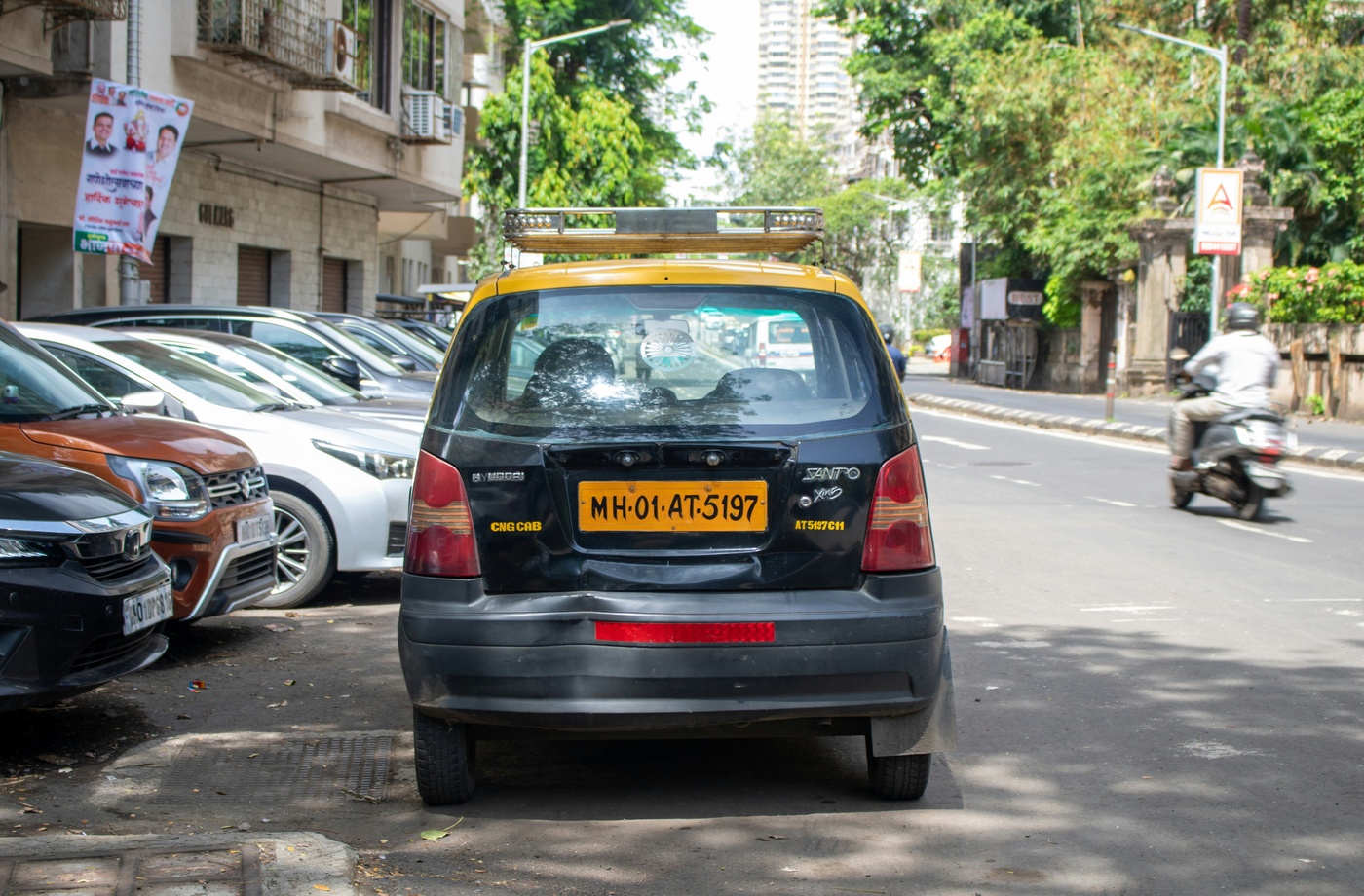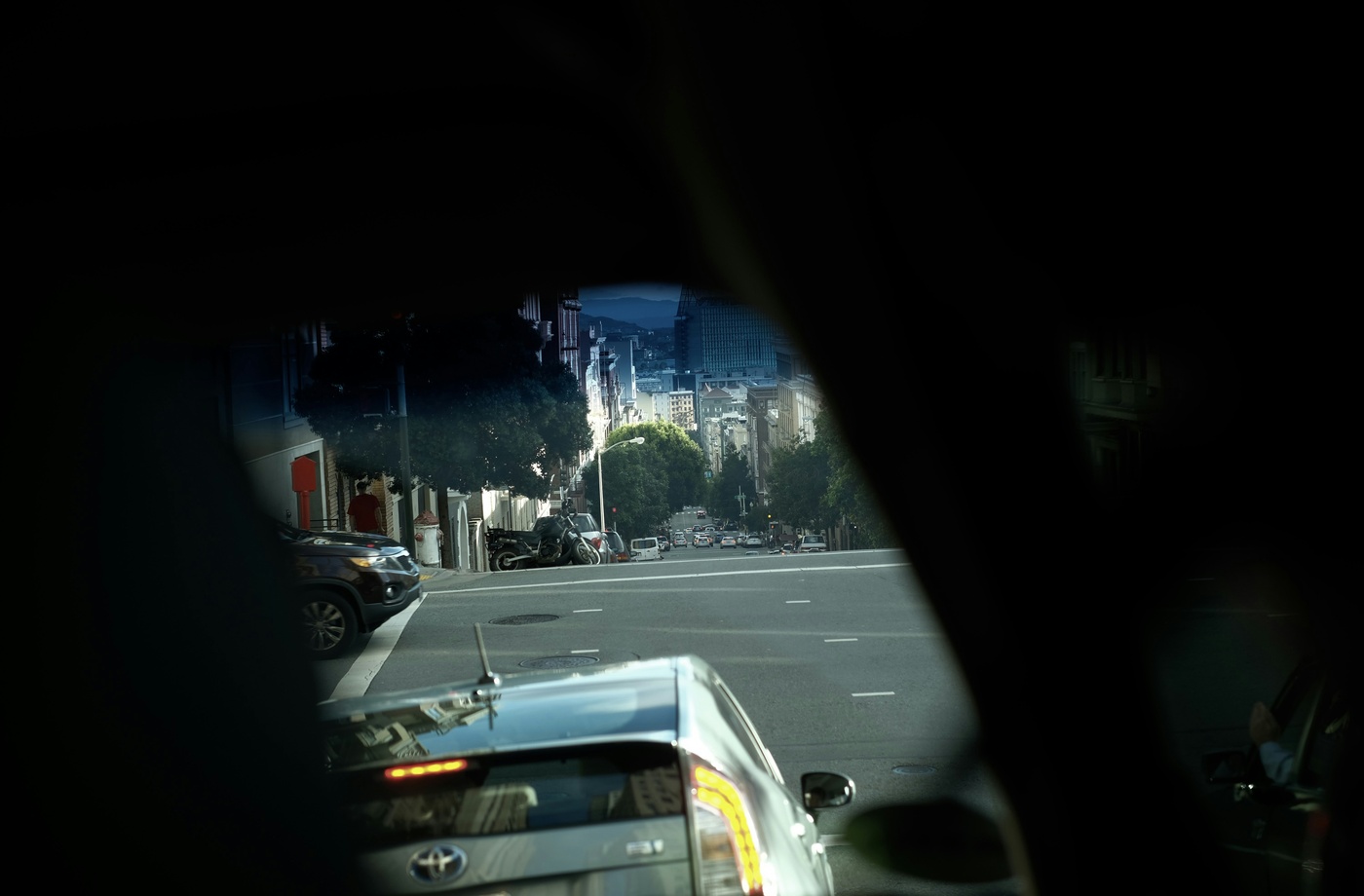Whether you’re commuting across town or heading to the airport, knowing your estimated taxi fare ahead of time can help you avoid surprises—and keep your budget in check. Unlike rideshare apps with upfront pricing, traditional taxis rely on metered fare structures based on time, distance, and location-specific surcharges. With the right tools and knowledge, you can estimate your fare with impressive accuracy.
Understand How Taxi Fares Are Calculated
Most taxi services follow a standard formula that includes:
- Base fare: A flat fee to initiate the ride (e.g., $2.50–$4.00)
- Per-mile rate: Charged based on distance traveled
- Per-minute rate: Charged during wait times or slow traffic
- Surcharges: Added for late-night rides, airport pickups, tolls, or extra passengers
Cities often regulate these fare structures. Check your city’s taxi commission or transportation department for official rate cards.
Use Online Fare Estimators
A number of reliable tools help you calculate estimated fares based on your route and local fare data:
- TaxiFareFinder: Covers hundreds of cities worldwide. Enter pickup/drop-off and get an instant estimate.
- Citymapper: Available in select major cities, it compares taxi fares with transit, rideshare, and walking options.
- Google Maps: For some cities, Google displays estimated taxi prices under transit directions when available.
These tools often factor in traffic, tolls, and airport surcharges, making them more accurate than a guess based on distance alone.
Ask for Flat Rate Options
Some taxi companies offer flat rates for common routes, especially to and from airports or downtown areas. These fares are often cheaper during high-traffic times because they eliminate per-minute charges.
Examples include:
- JFK Airport to Manhattan flat rate ($70 as of 2024 in NYC)
- LAX flat-rate zones with city-approved pricing
- Boston Logan to downtown neighborhoods with preset pricing
Ask your driver before the ride begins or check the company’s website to confirm.
Consider Traffic and Timing
Taxi meters tick up based on both distance and idle time, so heavy traffic can significantly increase your fare. If possible, avoid:
- Rush hours (7–9 AM, 4–7 PM)
- Stadium or event areas
- Weekend evenings and holiday traffic
Using tools like Waze or Google Maps can help you gauge real-time conditions before calling a cab.
Use a Virtual Payment Tool to Control Costs
While estimating fare helps you budget, your payment method can also make a difference in the final amount. If the cab accepts card or mobile wallet payments, consider using a digital gift card or virtual card purchased through Fluz. That way, you can:
- Set a strict spending amount
- Earn cashback with an Uber gift card or get rewards with a Lyft gift card when applicable
- Avoid fare rounding or surprise overcharges
Some services also allow prepaid options through BP or Shell virtual cards if you’re paying for fuel on behalf of a driver or using hybrid ride models.
Pro Tip: Save and Track Your Receipts
Keeping taxi receipts helps validate your fare estimates and prepares you for tax deductions or employer reimbursement. For business riders, apps like:
allow you to track your spending and compare it to estimated fares.
Knowing your expected fare before you ride helps you travel smarter. With the right tools and strategy, you’ll feel confident—and avoid overpaying—every time you hop into a cab.



